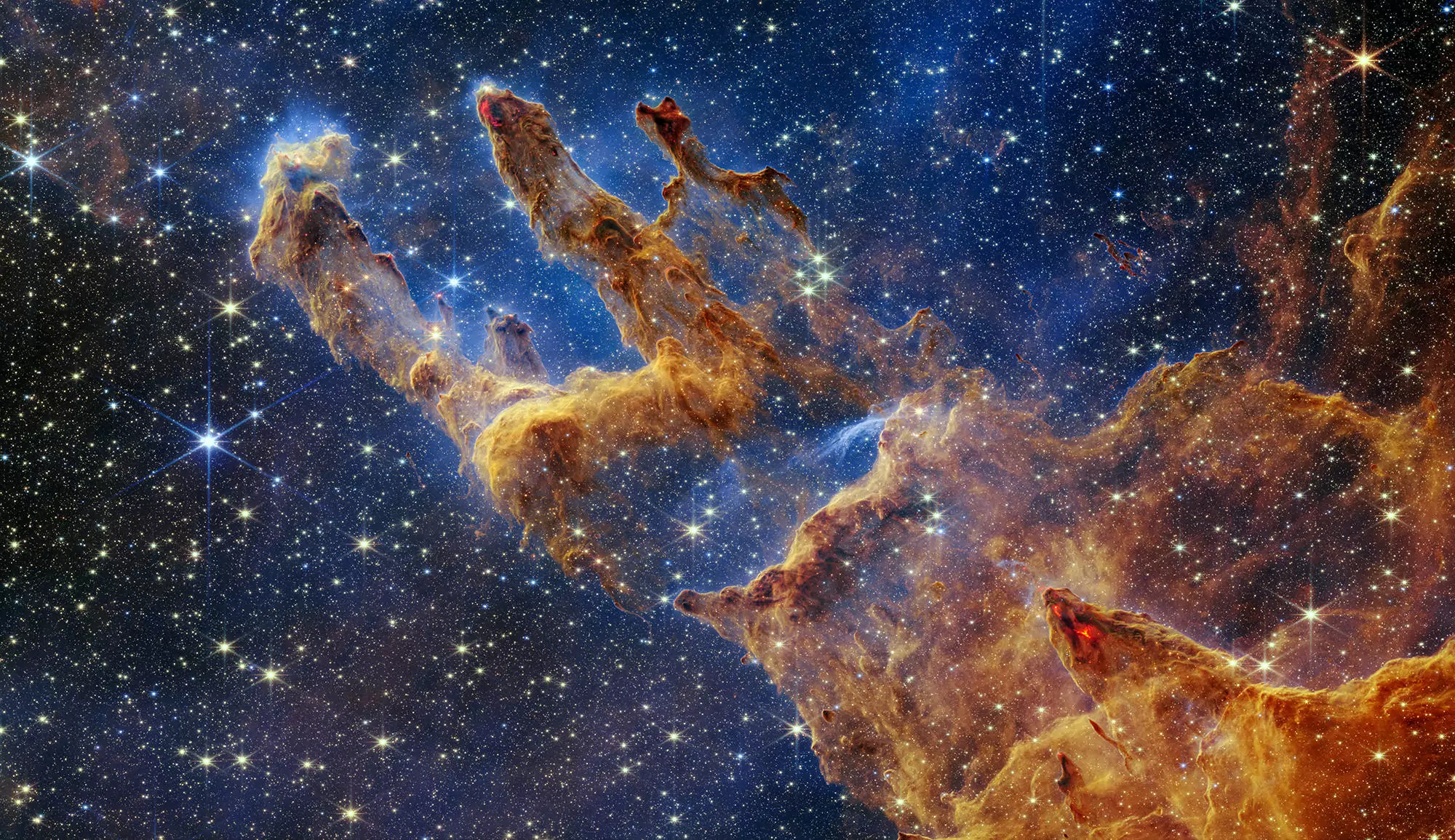What if sediments could tell the story of Earth’s orbit ? That is the bold aim of AstroGeoFit, a new method developed as part of the European ERC AstroGeo project, coordinated by Jacques Laskar, research director at CNRS (LTE, Observatoire de Paris/Paris Sciences et Lettres, Sorbonne University). This method, associated with dedicated open-source scientific software, and supported by an international team (France, Germany, Ireland), enables scientists to reconstruct both the timescale of geological deposits ...
A climate written by the Sun... and the planets
For over a century, scientists have known that Earth’s orbital cycles — eccentricity, obliquity, and precession — modulate the distribution of solar energy received at the surface. These rhythms, driven by gravitational interactions with other planets, are recorded in geological layers like fossil imprints of past climates. This field is known as astrochronology.
However, a major challenge arises when probing deep into the past. Earth’s orbit is inherently chaotic, as shown by Jacques Laskar in 1989 and 1990 : tiny initial uncertainties amplify exponentially, making any direct reconstruction imprecise beyond approximately 60 million years. For such remote times, sediments themselves become our only reliable clock.
AstroGeoFit : an innovative dual reconstruction
This is where AstroGeoFit comes in — designed to extract astronomical cycles directly from sedimentary records, even when orbital solutions become uncertain. Its originality lies in a two-pronged approach :
- Genetic algorithms that simulate multiple sedimentation scenarios (accounting for variable accumulation rates, hiatuses, etc.),
- Bayesian statistical analysis that selects the orbital parameters most consistent with the data, while estimating the associated uncertainties.
This approach enables precise reconstruction of Earth’s orbital eccentricity — a cornerstone of long-term climate variability — while simultaneously building a full timescale for the analyzed sediments.
A method validated on key archives
AstroGeoFit has been applied to both synthetic datasets and three major ocean drilling reference sites (ODP 926, 1260, 1262). As a result, the method is able to reconstruct sedimentation rate variations over time, provide a timescale consistent with existing datings — and even refine them — while accurately retrieving the past evolution of Earth’s orbital eccentricity.
Using sediments to trace the history of the Solar System
Beyond dating, AstroGeoFit offers a new perspective : using Earth’s sedimentary archives to better understand the past evolution of the Solar System itself. By comparing rock-derived signals with astronomical models, it becomes possible to constrain past orbital parameters — precisely where chaos limits the predictability of celestial mechanics. A unique way to bridge geology, climate, and planetary dynamics.
AstroGeoFit Recovers Orbital Eccentricity from Core Data
Based on variations in iron content measured along the ODP1260 drill core, retrieved from the Atlantic Ocean off the coast of Suriname, AstroGeoFit accurately reconstructs the past evolution of Earth’s orbit. By combining a genetic algorithm with the fitting of an empirical astronomical model, the tool establishes a correspondence between depth and time, and retrieves the history of Earth’s orbital eccentricity (black curve, with uncertainty in grey).
The red curve shows, for comparison, the eccentricity calculated from celestial mechanics equations (Laskar et al., 2010).
AstroGeoFit is freely available athttps://www.astrogeo.eu/astrogeofit/, along with full documentation for researchers and students.
Scientific Reference :
Hoang, N., Laskar, J., Hara, N. C., Wu, Y., Sultanov, A., Sinnesael, M., Westerhold, T., & Bujons, P. (2025). AstroGeoFit. A Genetic Algorithm and Bayesian approach for the Astronomical Calibration of the Geological Timescale. Paleoceanography and Paleoclimatology, in press.

